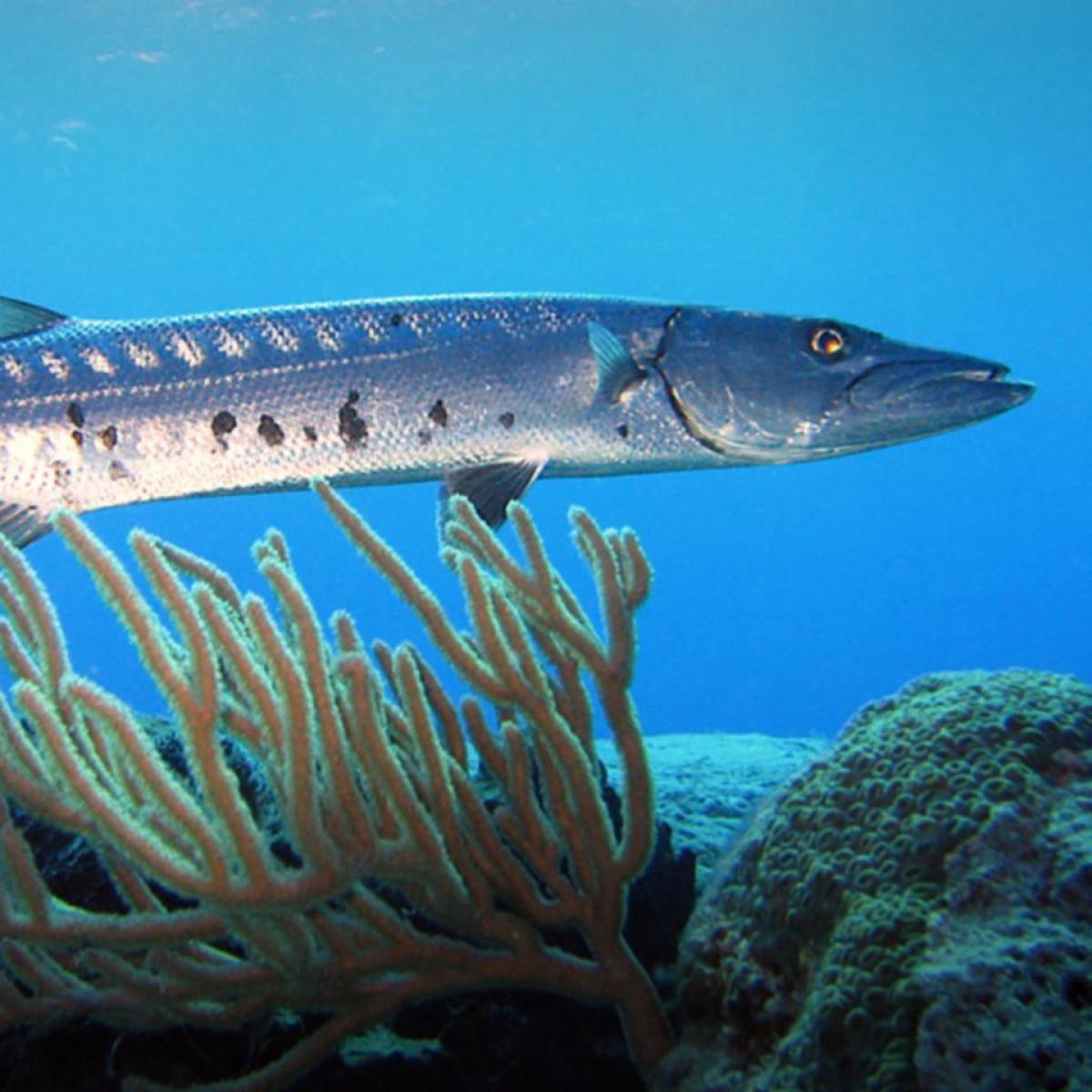Pollen Gallery (Pollen up-close)
Pollen comes in many shapes and sizes. These are just a few of the thousands of examples. Click on any of the pollen grains in the gallery below and use the zoom tool to explore the amazing shapes and textures of pollen. These images are all from a scanning electron microscope (S.E.M.). We also have a companion story abut pollen and how it is used to solve crimes that you might like to check out.
In case you are wondering why there are white lines on each image, they are used to show the size of each pollen grain. Microscopists call these lines scale bars, because they let a person know the size of an object. All the white lines at the bottom of the images are equal to 10 micrometers except Opuntia* which is 25 micrometers.
Pollen S.E.M. images by Gretchen D. Jones USDA ARS
Be Part of
Ask A Biologist
By volunteering, or simply sending us feedback on the site. Scientists, teachers, writers, illustrators, and translators are all important to the program. If you are interested in helping with the website we have a Volunteers page to get the process started.

